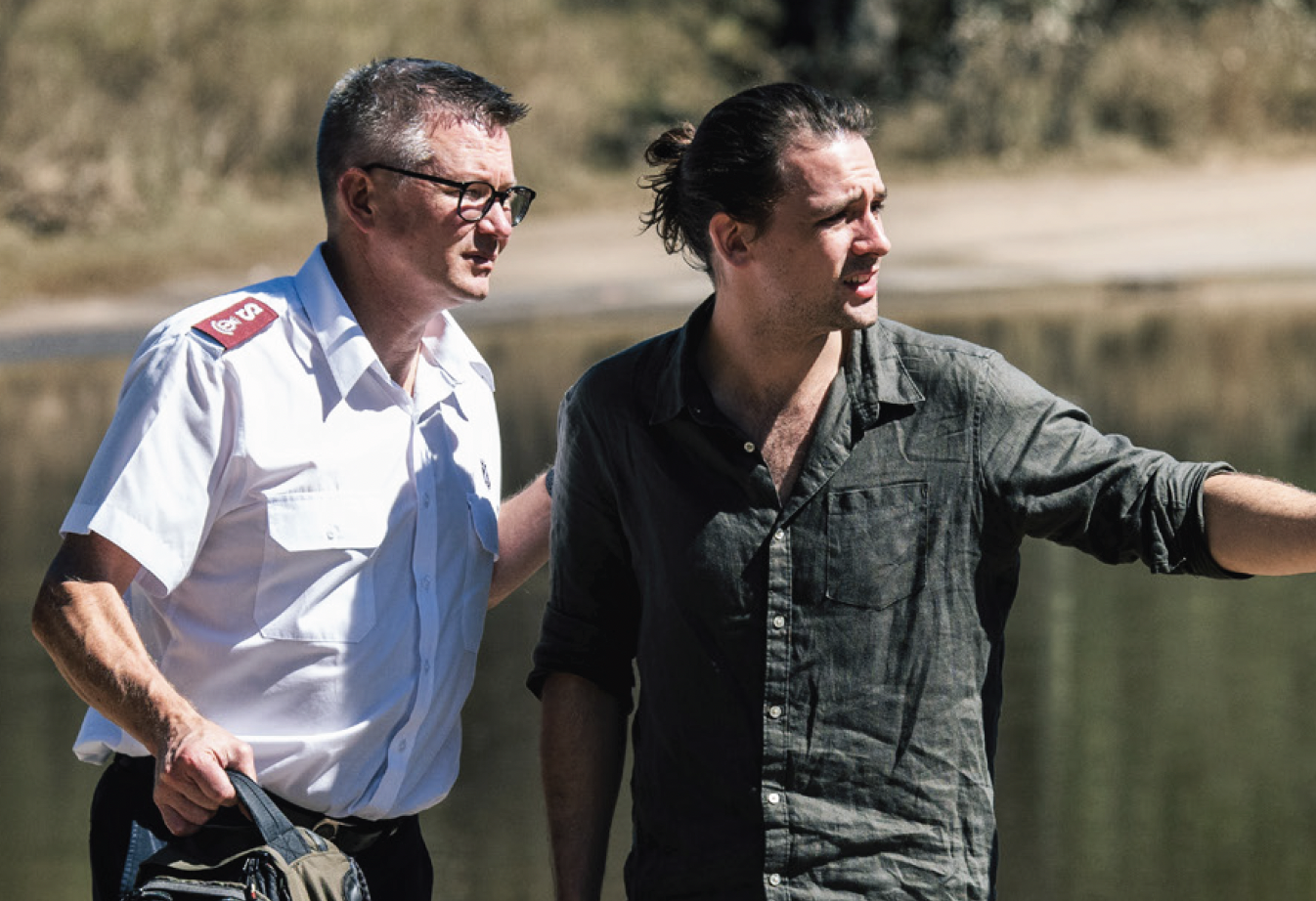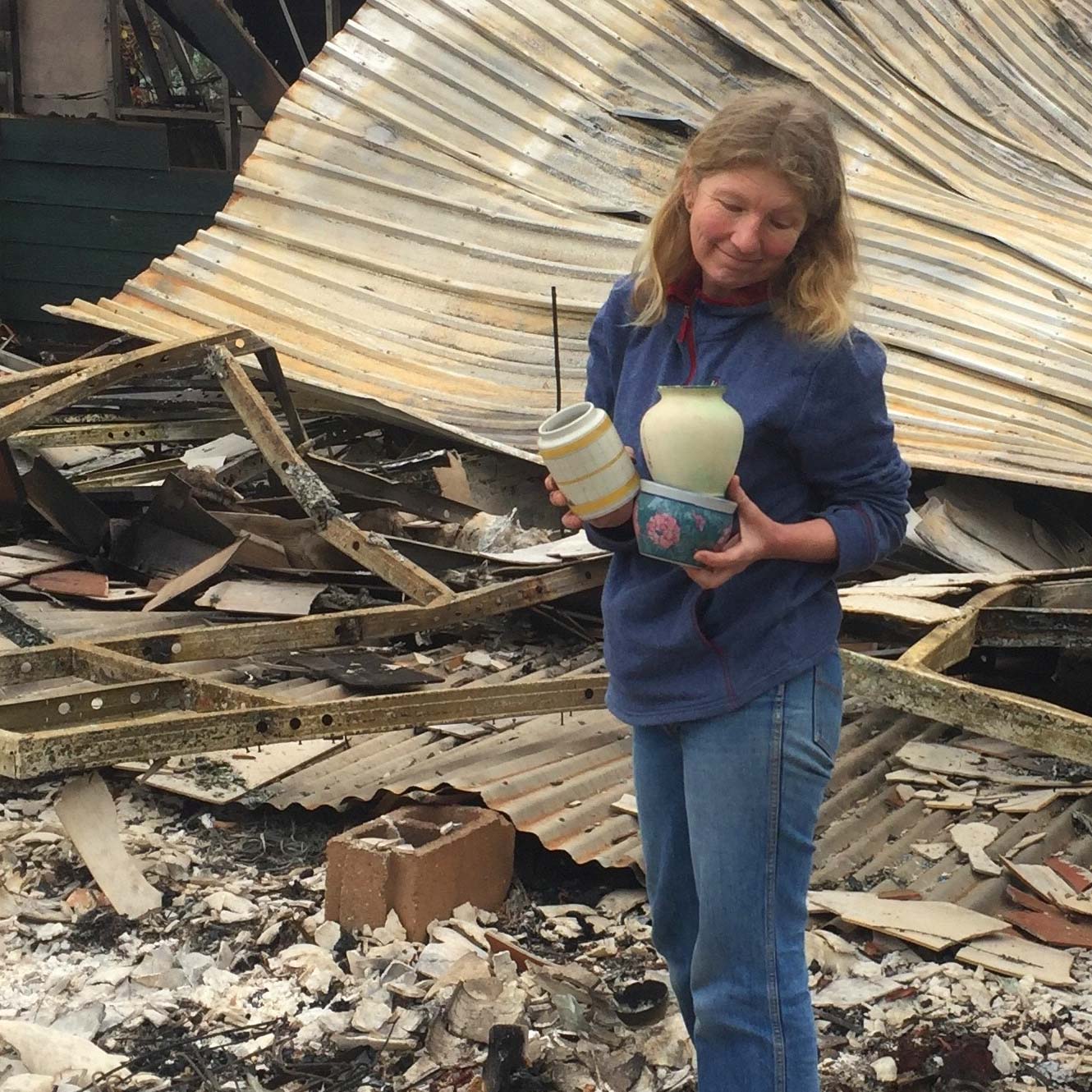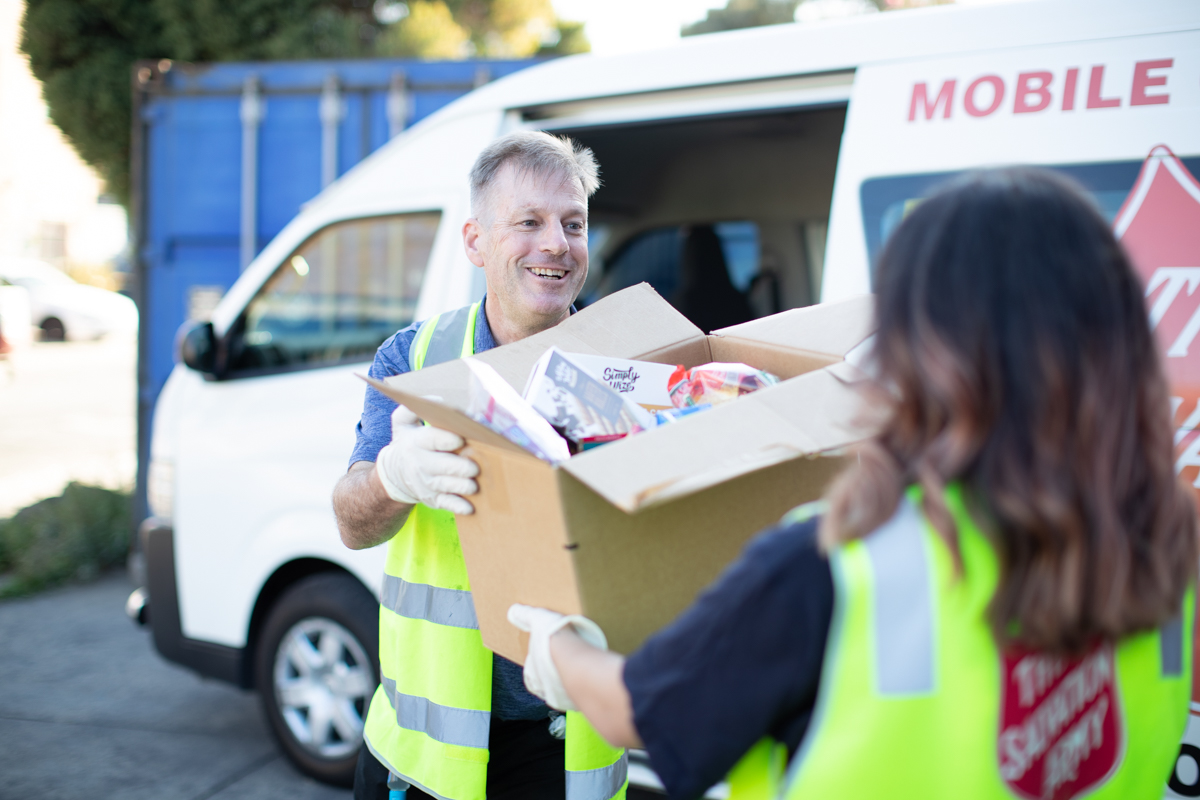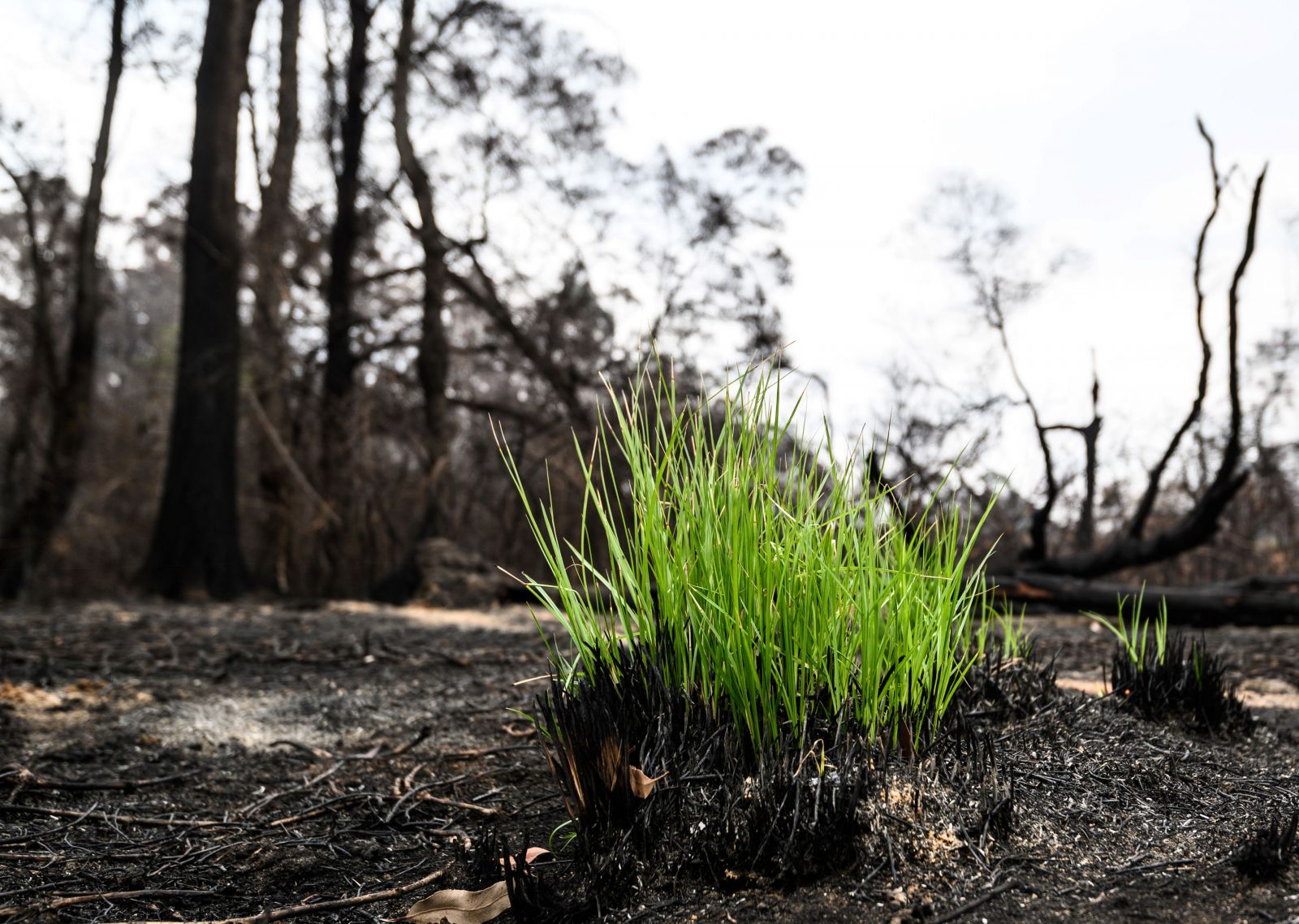Bushfire response and recovery
Black Summer bushfires
The Black Summer bushfires of 2019-2020 have had and will continue to have a long-lasting impact on communities across Australia. As we move forward together to recover from the devastation, The Salvation Army continues to provide practical and emotional support to affected individuals and families as they reach different stages in their personal recovery journeys.
As council permits get approved and land clearing is mostly completed, many communities impacted by the bushfires of 2019-2020 are preparing for the next stage of recovery – rebuilding. But recovery is about more than rebuilding homes, it’s about rebuilding lives.
The bushfire recovery process
Based on our years of experience in responding to disasters and crises, we know recovery isn’t about what comes right after an event strikes. Therefore, The Salvation Army follows a multi-stage approach in assisting those affected. The recovery process for the Australian bushfires:
The Bushfire Disaster Appeal was launched on 9 November 2019, with the Salvos recognising – based on years of experience in responding to disasters and emergencies previously – that our services and programs would be needed for the long haul.
The first two months of the recovery process focused on emergency relief, providing food, shelter, clothing, emergency cash, and other basic survival essentials, as well as fuelling the frontline with meals and refreshments as they battled the bushfires.
The next three months focused on early recovery activities such as providing financial assistance and moving residents out of evacuation centres and into temporary accommodation.
The Salvation Army helped residents navigate the suite of grants available and supported their application process. Where applicants did not have documentation or lost them in the bushfires, Salvos reached out to local councils, fire authorities, and other recovery groups to help process applications as quickly as possible.
From April to November 2020, we entered the medium to long-term recovery stage where grants continued to be dispersed as residents’ homes were rebuilt and youth and young people resumed their education.
In 2021, we started to see more residents move out of temporary accommodation and into their newly built homes after the bushfires.
How we have helped
![]()
13,000+
People assisted
![]()
29,656
Grants distributed to date
![]()
8559
Moneycare financial counselling support sessions to date
The gift of grants
![]()
20,103
Hardship recovery grants distributed to date
![]()
5170
Total loss of residence grants distributed to date
![]()
1448
Household good grants distributed to date
Funds dispensed:
|
Response stage (November – December 2019) |
$1.26 million |
|
Recovery stage (January – March 2020) |
$18.5 million |
|
Rebuild stage (April 2020 – June 2023) |
$42.7 million |

Need help now?
If you've been impacted by a major disaster like bushfires or floods and need help, you can reach out to the Salvos.
Find out more
Fiona's story
The amazing recovery story of Fiona and her husband, who lost everything in the Black Summer bushfires.
Read her story
Bushfire FAQs
Find out how the Salvos provide various types of assistance to those affected by a major disaster.
Read moreBushfire Disaster Appeal reports
The Salvation Army has published regular reports detailing, amongst other things, our work through and after the event and how the donations were used and distributed throughout the bushfire response. Click on a report to read more or download.
You can view or download our Bushfire Disaster appeal reports here.
6–month report

The six-month Disaster Appeal Report outlines the range of services and assistance The Salvation Army has been able to offer in bushfire affected areas between November 2019 and April 2020, including disaster recovery grants distributed to affected households, specialist financial assistance through Doorways, Moneycare financial counselling and more.
12–month report

A year on from the Black Summer bushfires, the 12-month Bushfire Disaster Appeal Report outlines the ongoing recovery work being done by the Salvos, and provides a detailed breakdown of how funds have been distributed to people in affected communities as they work to rebuild their homes and their lives.
2–year report

Detailing our work in bushfire recovery between November 2020 to November 2021, the second 12-month Bushfire Disaster Appeal Report provides a comprehensive breakdown of how funds donated to the national Bushfire Disaster Appeal have been distributed to people in affected communities as they work to rebuild their homes and their lives.
3–year report
Coming soon.
Words from those impacted and those who helped
Some people wanted to pour out their souls, while others found comfort in silence. They just needed someone there. Some days we sat with them while they were left dumbfounded by the loss from the bushfires and then deluged by flooding rains.
Kathleen, Nambucca Valley bushfire volunteer
Thank you so much. The NILS loan has been approved, and I can move forward; a real life-saver. Thank you to the Salvos team. God bless.
Community member, Queensland
We still have more work to do as some people continue to struggle financially, but we are here for the long haul and will journey with our clients to financial well-being.
Kristen Hartnett, National Moneycare Manager
We may not be able to prevent a large-scale disaster like the Black Summer bushfires from happening again, but we are confident that our collaborative approach to learning and improvement has stood us in good stead to meet Australians at their point of need.
Drew Ruthven, General Manager, The Salvation Army’s Emergency Services Management
Useful links and resources
Below is a collection of resources and links that may be handy if you’re looking for more information about assistance or preparation for disasters or other emergencies.
This is not a comprehensive list. Please check with your local or state authorities for the latest information.
State–based emergency services
If you have been impacted by a bushfire or another disaster, or would like to donate towards the work we do in communities across Australia, please visit our Disasters and emergencies page.
